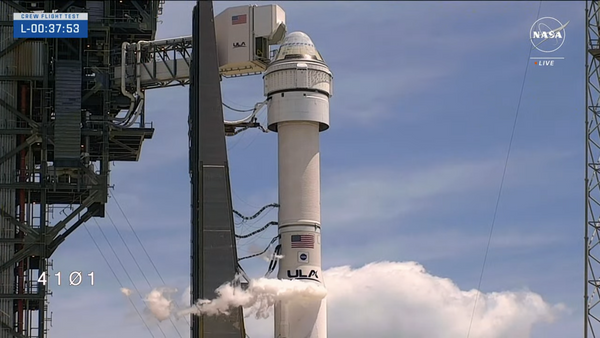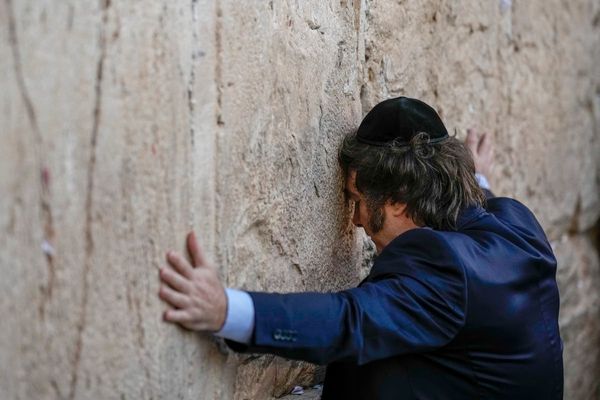
The Army announced on Friday that the return of horse-drawn caissons at Arlington National Cemetery is facing significant delays, potentially lasting for months or longer. This setback comes as the Army works diligently to enhance the care of the horses following the unfortunate deaths of two horses in 2022 due to poor feed and living conditions.
It has been nearly a year since the Army halted the use of the gray and black horses for funerals. Officials have reported progress in acquiring new horses, upgrading equipment, and enhancing training, facilities, and turnout areas. However, Major General Trevor Bredenkamp, commander of the Military District of Washington, admitted that the process of restarting the program has proven to be more challenging and time-consuming than anticipated.
While there is a commitment to resume operations, Bredenkamp refrained from providing a specific timeline, emphasizing that the timeline will be based on requirements. He assured that the delay is not indefinite but acknowledged the obstacles in reestablishing a sustainable program that prioritizes the horses' well-being.



The horses are integral to the caisson platoon of the 3rd Infantry Regiment, also known as the Old Guard, renowned for safeguarding the Tomb of the Unknown Soldier at Arlington National Cemetery.
The deaths of two Old Guard platoon horses, Mickey and Tony, in February 2022 were attributed to colon impaction. An Army investigation revealed that the horses had inadequate grass in their turnout fields, leading them to ingest sand and gravel while consuming low-quality hay. The fields were also found to be littered with debris and manure, insufficient to support the large number of horses utilizing them.
Bredenkamp highlighted the challenges in procuring enough horses and securing suitable locations for their care and training. The Army is also transitioning to lighter-weight caissons and providing extensive training for soldiers responsible for riding and caring for the horses.
Ray Alexander, the cemetery superintendent, disclosed that Arlington National Cemetery hosts 27-30 funerals daily, with six to eight qualifying for escort honors. To meet this demand while ensuring the horses' well-being, Bredenkamp stressed the need for six squads of horses.
Currently, 42 horses are being cared for at a professional facility in Virginia, down from the previous count of 60 horses in the program. Over the past year, the Army has utilized alternative vehicles in place of caissons during funerals. Additionally, ceremonies for Army and Marine Corps officers of colonel rank or higher feature a riderless horse walking behind the caisson.







